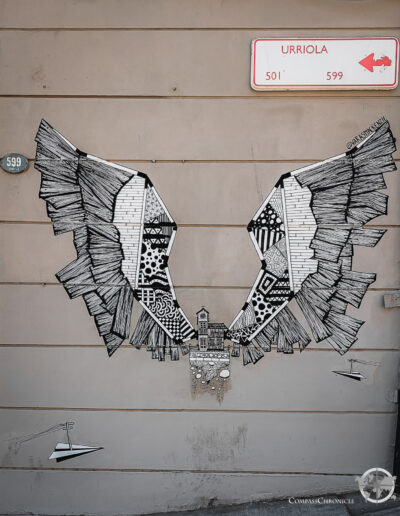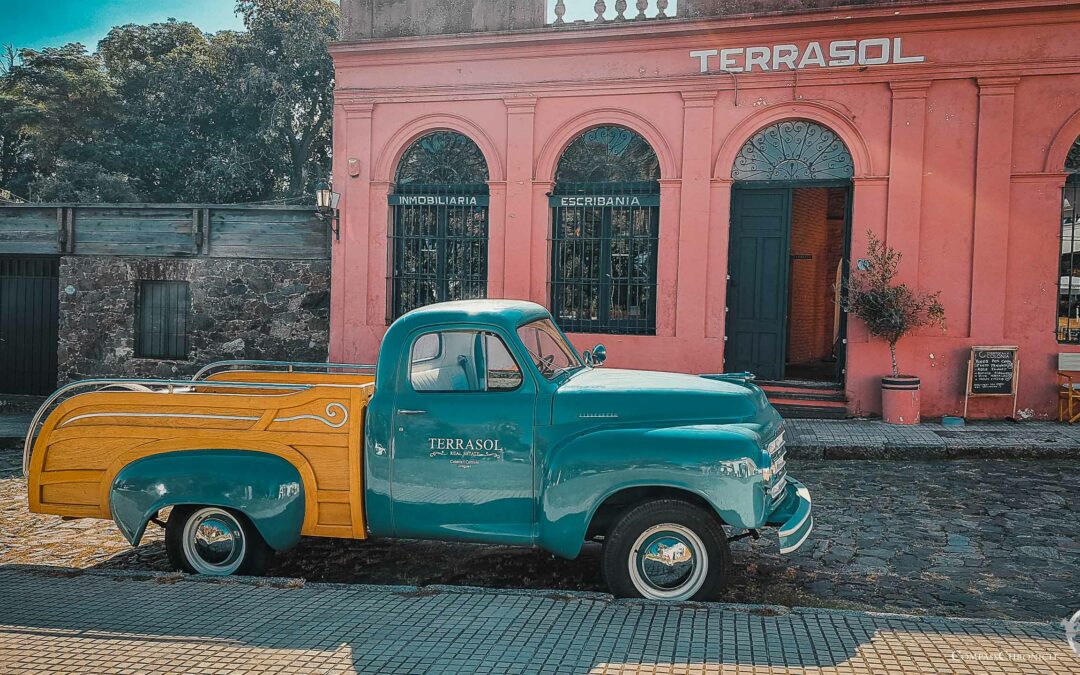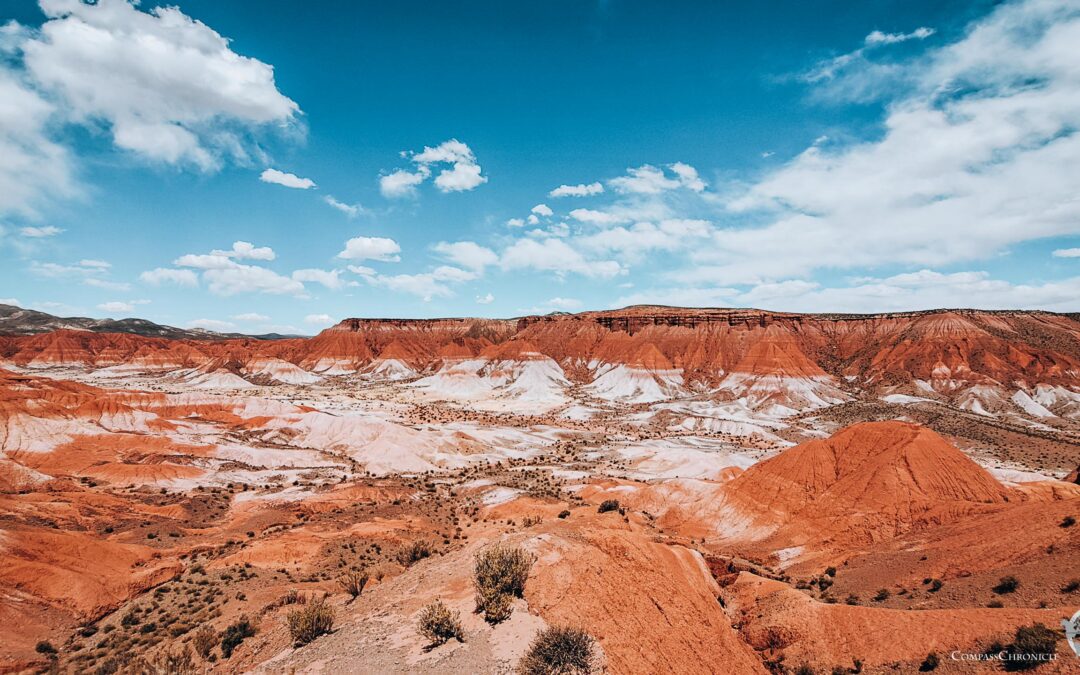As the name in Spanish suggests, Valparaíso is supposed to be a paradisiacal valley. Perhaps it used to be, but today Valparaíso is more of a somewhat run-down harbor town. But we wouldn’t go here if there weren’t one or two tourist attractions in Valparaíso. To visit Valparaíso, however, we take precautions to stay away from driving into the city, which would probably be a bad idea as security is rather precarious in this city and apparently vehicles with foreign license plates have their tires slashed and are robbed.
Camping in Laguna Verde
We find a pretty little campsite not far from Valparaíso as our base. This is the first place we can air our heads a little after the exhausting visit to the city of Santiago. We are close to the sea under green trees. We really enjoy the denser vegetation. We’ve been waiting months for more greenery in the landscape – and we’ve slowly found it. Each plot has its own space with a table and benches and a fire pit. Wonderful! On the very first evening we make a bonfire, even though forest fires are raging not far from here, as the alarm message on our cell phone tells us.
Apart from the peaceful pitches, the public bus is the big plus of this campsite. The bus takes us from here to the center of Valparaíso in about 30 minutes.
Port of Valparaíso
The port in Valparaíso is still used for freight traffic today. Large freighters come here to supply Santiago de Chile with goods from all over the world. As we have already seen several ports on our trip, the port is of the smaller variety and not quite as exciting for us. What is great, however, is that a special aisle has been opened in the port area for visitors so that everyone can walk right up to the shoreline and take a detailed look at the hustle and bustle between the containers, freighters and the sea.
Inclined elevators in Valparaíso
The city stretches over 42 hills, which soon begin behind the first rows of buildings along the sea. Some of them are really steep. So steep, in fact, that inclined elevators or short funiculars were built before 1900 to make the differences in height in the city easier for pedestrians. Unfortunately, only a few of the elevators are still in operation today. Nevertheless, the two best-known lifts are a must for us – these elevators also take us to the historic district on Alegre Hill and Concepción Hill. For 300 pesos, about 30 cents per person in Swiss francs, we go up and for just 100 pesos we go down again at the end of our tour through Valparaíso. The elevator to the Concepción hill, where we start, has recently been restored. Beautiful wooden portal buildings underline the historical character of the turnstiles, which are over 100 years old, and the equally old elevator mechanisms. Paddy in particular is fascinated by such old mechanisms – a welcome change after all the modernity in Santiago.
Historical center of Valparaíso
As mentioned, we are now in the historic center of Valparaíso on the Concepción hill. We are surprised by the simple construction of the buildings. Many are timber-framed and clad with simple corrugated metal sheets as facades and roofs. We are immediately reminded of Humberstone in the far north of Chile. There it was an insight into how the buildings were constructed 100 years ago. Here in Valparaíso, this is still the current construction method. Of course, the UNESCO World Heritage status may also have something to do with the fact that the buildings are not allowed to be heavily modernized in order to preserve their original character.
At the same time, the historic center is home to many artists and students. So that the cityscape doesn’t look so dreary with so much corrugated iron, almost every open space has been embellished with murals. This adds real value. It feels like a little art scavenger hunt for us. There are colorful paintings to discover around every corner, in every alleyway and on every house wall. We thoroughly enjoy the tour through the historic city center of Valparaíso and the many paintings.
In the upper part of the historic center, we switch to the next hill without realizing it, the hill Alegre. For us, it’s actually just one hill, but if the locals say there are two hills, then there are two hills. It’s really easy to get something to eat or drink here. We pick up some homemade empanadas on the way and are so full that we don’t even need a restaurant. Except for an ice cream from a small ice cream factory – there’s still room for that. And now we are also glad that there are inclined elevators in Valparaíso. We take the Reina Victoria elevator down to sea level to catch the bus straight back to our campsite. After walking and eating, you should definitely treat yourself to a rest. That’s what we do at our wonderful campsite under the trees before we remain close to the sea for a while and drive further south along the Chilean coast.

























0 Comments